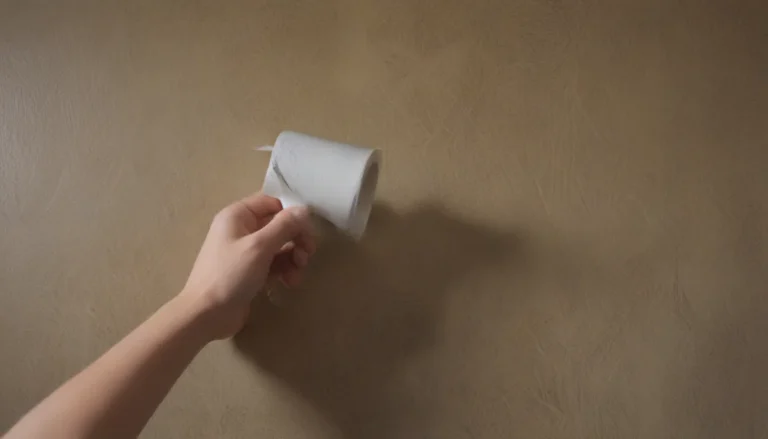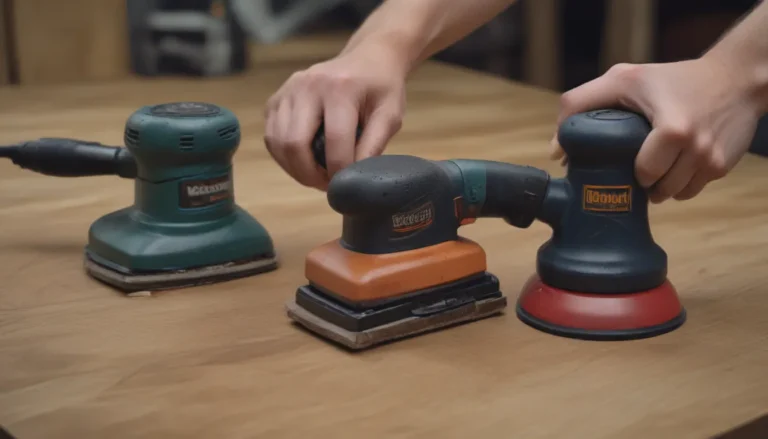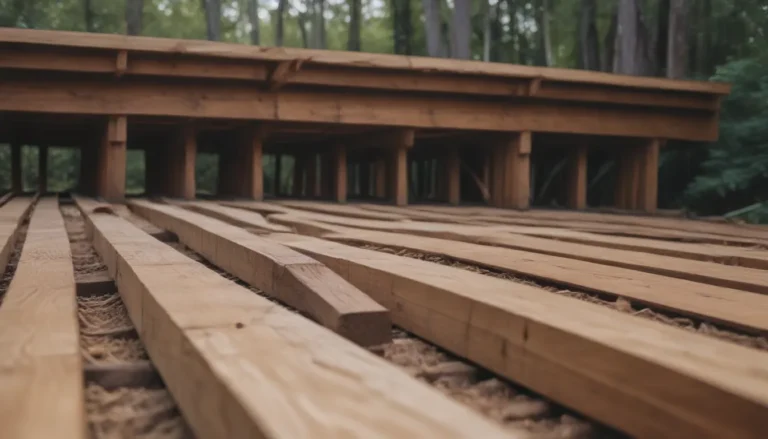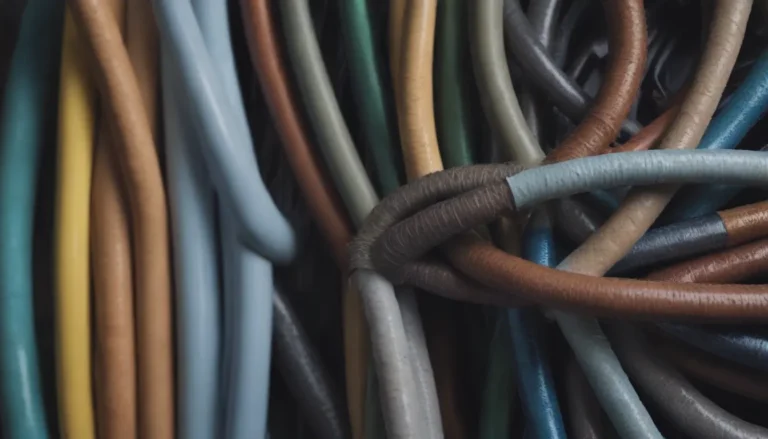The Best Insulation for 2×4 and 2×6 Walls: A Comprehensive Guide
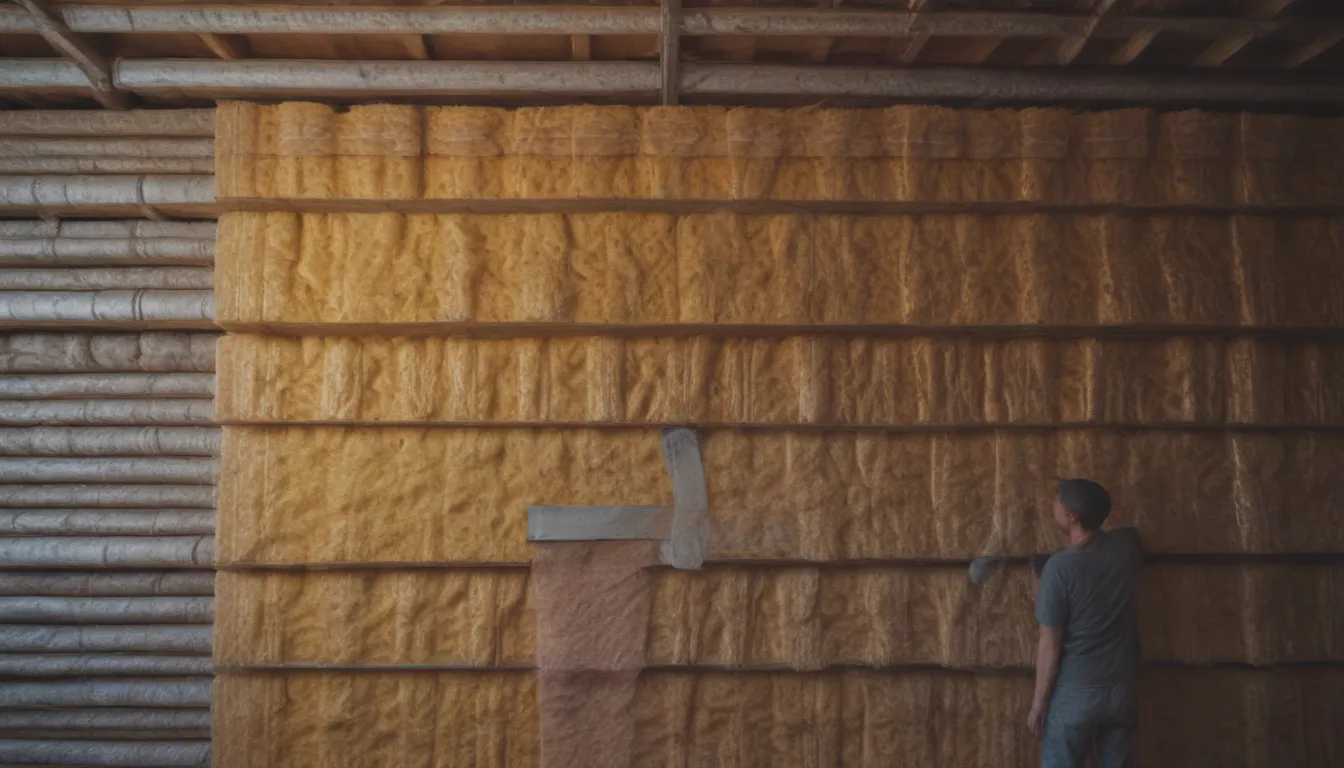
Are you looking to insulate your home’s exterior walls but unsure of what type of insulation to use? Choosing the right insulation and thickness is crucial to optimizing energy efficiency in your home. Adding the correct amount of insulation will help keep your home warm in the winter and cool in the summer without wasting energy. In this article, we’ll explore the best insulation options for 2×4 and 2×6 walls, how to determine the thickness of your walls, and other materials and methods to keep your home weathertight.
How to Know the Thickness of Your Home’s Walls
Measuring the thickness of your home’s exterior walls is essential before selecting insulation. Here’s how you can determine the size of your wall studs:
- Use a drill, a stud finder, and a thin probe like a kitchen skewer.
- If the measurement is not 4 inches or 6 inches, you may have hit an obstruction like a pipe or fire block.
- Try measuring in a different area to get an accurate reading.
Insulation for 2×4 Walls
For walls built with 2×4 studs, the thickness of the wall will be 3-1/2 inches, not 4 inches. Modern 2x4s have a width of 3-1/2 inches. The recommended insulation options for 2×4 stud walls are R-13 or R-15 kraft-faced fiberglass insulation or mineral wool insulation rolls. If you have an older home with true 2×4 studs (measuring 2 inches by 4 inches), stick with R-13 or R-15 fiberglass or mineral wool insulation.
- R-13 or R-15 kraft-faced fiberglass insulation or mineral wool insulation
- Ideal for 2×4 stud walls
Insulation for 2×6 Walls
Homes with exterior walls built with 2×6 studs should use R-19 or R-21 kraft-faced fiberglass insulation or mineral wool insulation. This combination ensures that the insulation is neither too loosely packed nor too tightly packed within the walls.
- R-19 or R-21 kraft-faced fiberglass insulation or mineral wool insulation
- Suitable for 2×6 stud walls
How Insulation Works
Understanding how insulation works is crucial to selecting the right type and thickness for your walls. Fiberglass and mineral wool insulation works by trapping air pockets within the material. If you overstuff your walls with insulation, you reduce the air pockets and the insulation’s ability to provide thermal resistance.
- Ensure a good balance between insulation thickness and air pockets for optimal efficiency.
- Consider spray foam insulation as an alternative option for sealing cavities and maintaining thermal resistance.
Other Insulation Types and Methods
Insulating your exterior walls is essential, but there are other materials and methods you can use to keep your home weathertight and energy-efficient:
- Weatherstripping: Seal gaps around windows and doors to prevent air leakage.
- Attic Insulation: Ensure your attic is adequately insulated to prevent heat loss.
- Caulking: Use caulk to seal cracks and gaps in walls, windows, and doors.
- Insulated Siding: Consider installing insulated siding to improve energy efficiency and reduce heat transfer.
By incorporating these additional materials and methods, you can enhance the overall energy efficiency of your home and create a more comfortable living environment.
Conclusion
In conclusion, selecting the right insulation for your 2×4 or 2×6 walls is essential to maximizing energy efficiency and maintaining a comfortable home environment. By understanding the thickness of your walls, choosing the appropriate insulation type and thickness, and implementing additional weatherproofing measures, you can create a more energy-efficient and weathertight home. Remember, striking the perfect balance between insulation thickness and air pockets is key to keeping your home warm in the winter and cool in the summer.
